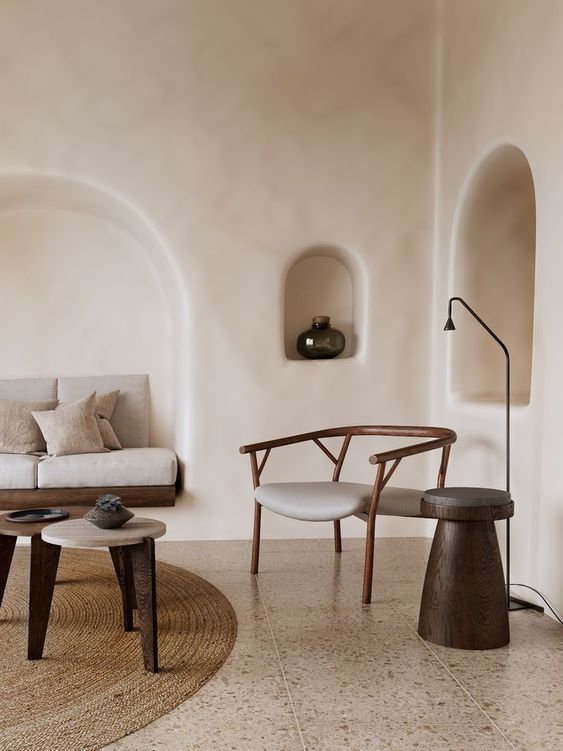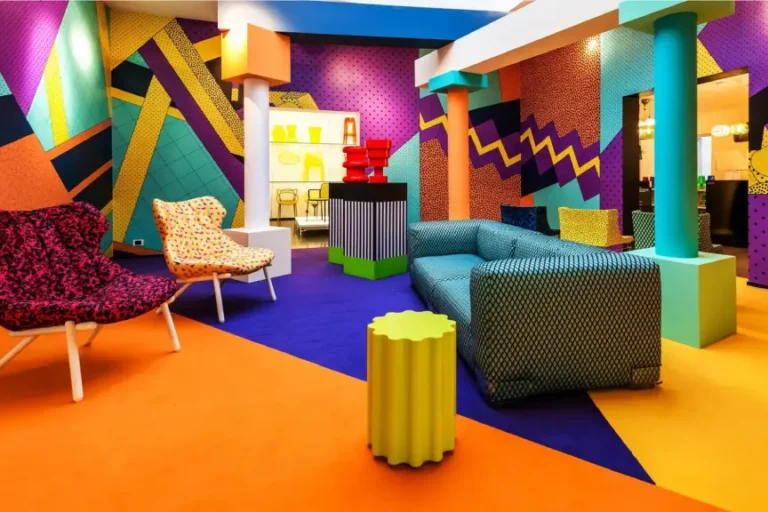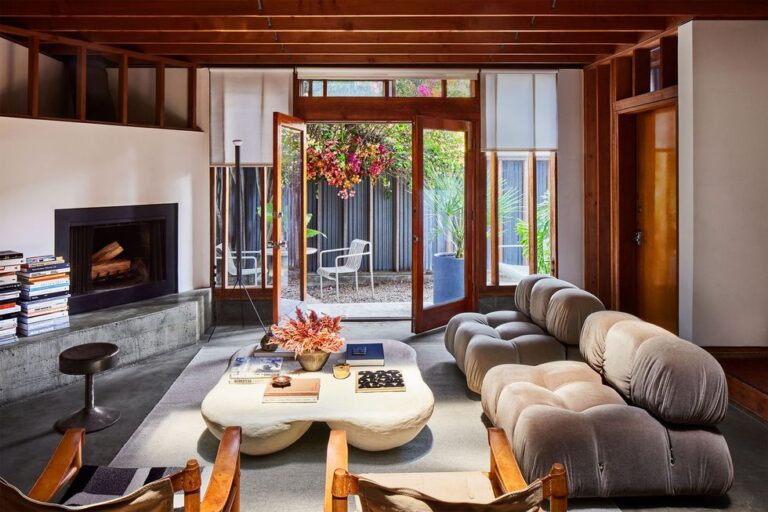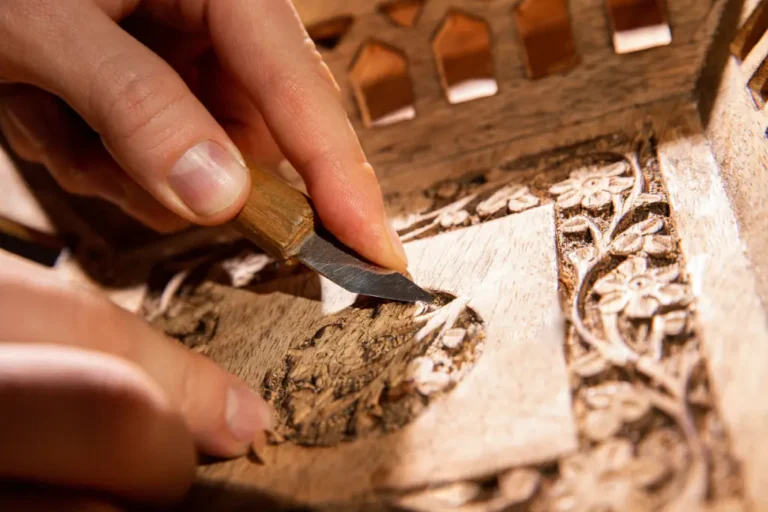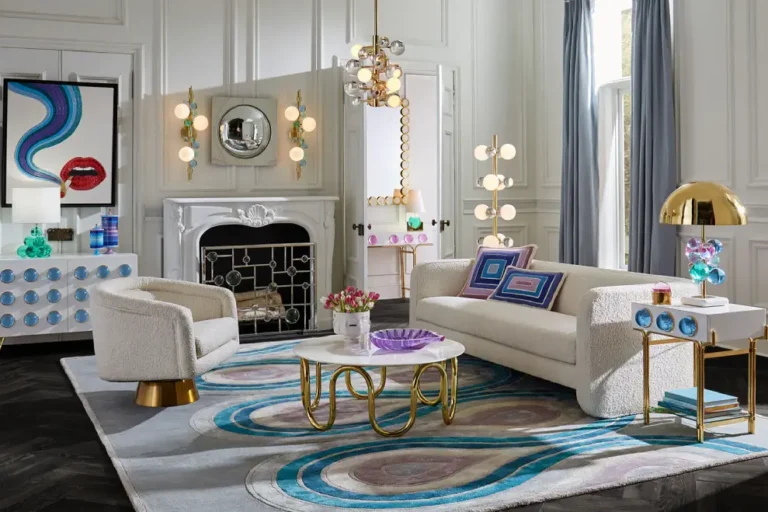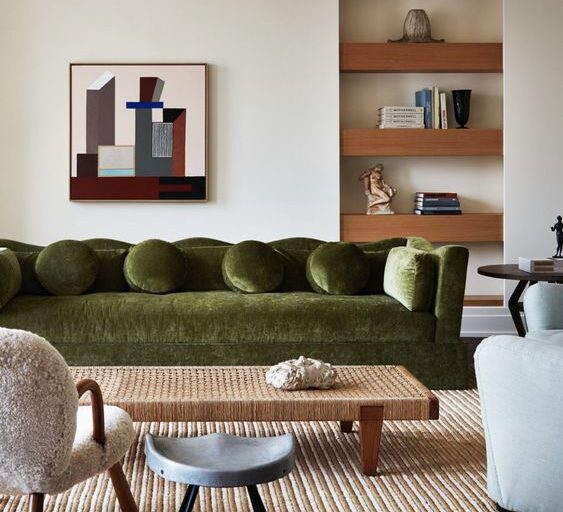Minimalism in Furniture Design
Minimalism, a design movement rooted in simplicity and functionality, has evolved into a timeless approach to interior design. In this comprehensive exploration, we delve deep into the essence of minimalism, its profound influence on furniture, and highlight ten influential interior designers who have mastered the art of minimalist spaces.
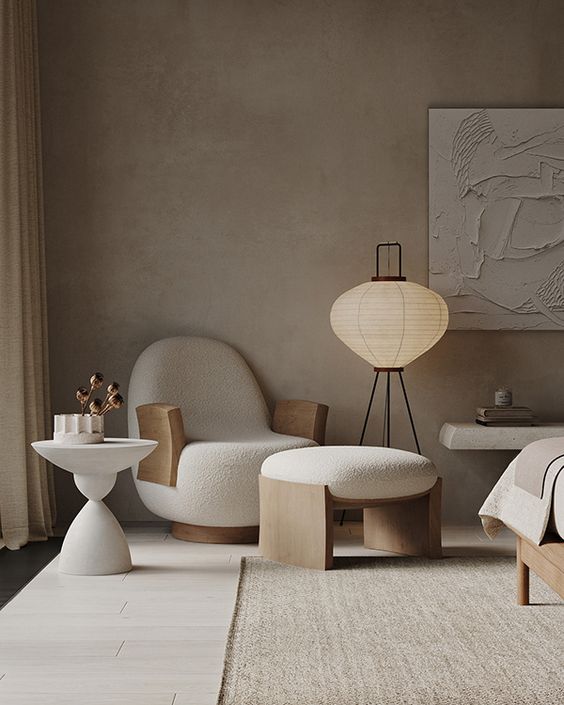
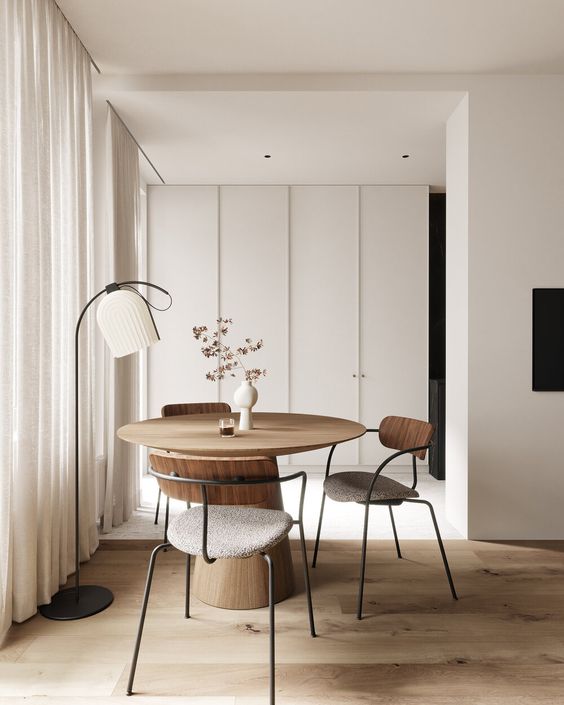
Minimalism in Furniture Design: A Philosophy of Less
Minimalism transcends a mere design aesthetic; it’s a profound philosophy that emphasizes the removal of excess to reveal the essential. Originating in the mid-20th century, this movement seeks simplicity, clean lines, and a focus on functionality. Minimalist spaces often feature neutral color palettes, uncluttered surfaces, and a sense of calm, fostering an environment of clarity and tranquility.
The Roots of Minimalism Minimalism finds its roots in various art and design movements, including the De Stijl movement and Japanese traditional design. The notion that less is more became a guiding principle, influencing architecture, visual arts, and ultimately, interior design.
Core Principles of Minimalism Minimalism is defined by several core principles:
- Simplicity: Striving for simplicity in design and form.
- Functionality: Prioritizing functionality over ornamental elements.
- Clean Lines: Utilizing clean, straight lines to create a streamlined look.
- Neutral Palette: Embracing neutral color palettes for a serene atmosphere.
- Clutter-Free: Eliminating unnecessary items to create uncluttered spaces.
The Philosophy in Practice Minimalism extends beyond design choices; it is a way of life. Embracing a minimalist lifestyle involves intentional choices, decluttering, and focusing on what truly matters. The influence of minimalism on interior design reflects a desire for simplicity and a rejection of excess.
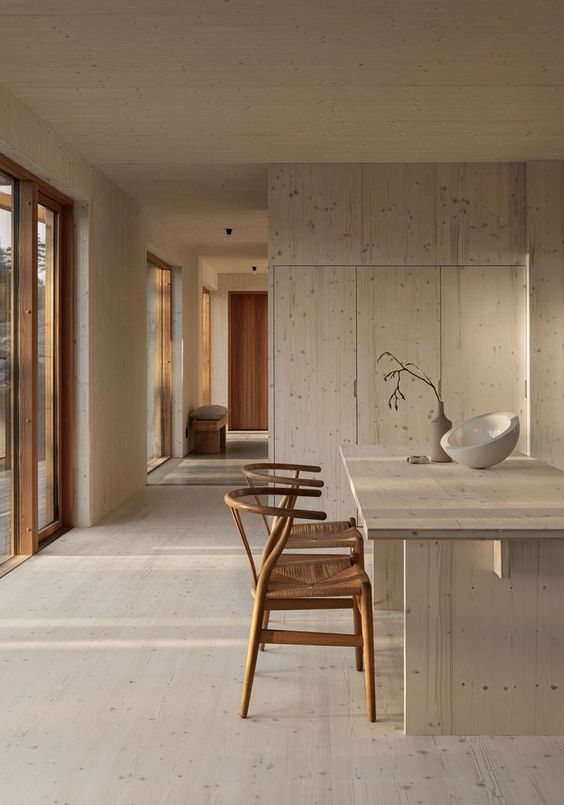
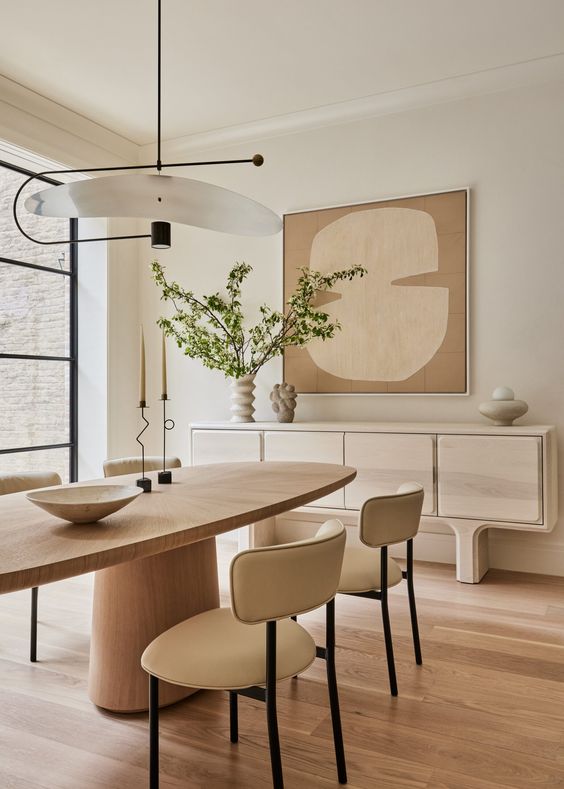
Minimalism in Furniture Design: Form Follows Function
In the realm of furniture, minimalism manifests in designs where form follows function. Clean lines, geometric shapes, and a dedication to purpose define minimalist furniture. Iconic pieces, such as the Barcelona Chair by Mies van der Rohe, exemplify this style with their simplicity and functionality. Minimalist furniture prioritizes quality materials and craftsmanship, transcending trends to become enduring classics.
Key Characteristics of Minimalist Furniture
- Clean Lines: Straightforward, uncluttered lines dominate minimalist furniture design.
- Simple Shapes: Geometric shapes, such as squares and rectangles, create a harmonious look.
- Quality Materials: Minimalist furniture often features high-quality materials like wood, metal, and leather.
- Functionality: Every piece serves a clear purpose, contributing to the overall functionality of the space.
- Timeless Appeal: Minimalist furniture possesses a timeless quality that withstands changing design trends.
Iconic Minimalist Furniture Designs
- Eames Lounge Chair and Ottoman: A masterpiece of mid-century modern design, this chair epitomizes comfort and elegance.
- Wassily Chair by Marcel Breuer: Known for its tubular steel frame and leather upholstery, this chair is a Bauhaus classic.
- Noguchi Coffee Table: Isamu Noguchi’s sculptural coffee table combines art and functionality, a hallmark of minimalist design.
- Saarinen Tulip Table: Eero Saarinen’s pedestal table showcases simplicity and grace, making it a timeless piece.
The Evolution of Minimalist Furniture Minimalist furniture design continues to evolve, adapting to contemporary aesthetics while maintaining its core principles. Modern designers incorporate innovative materials and technologies while preserving the fundamental tenets of minimalism.
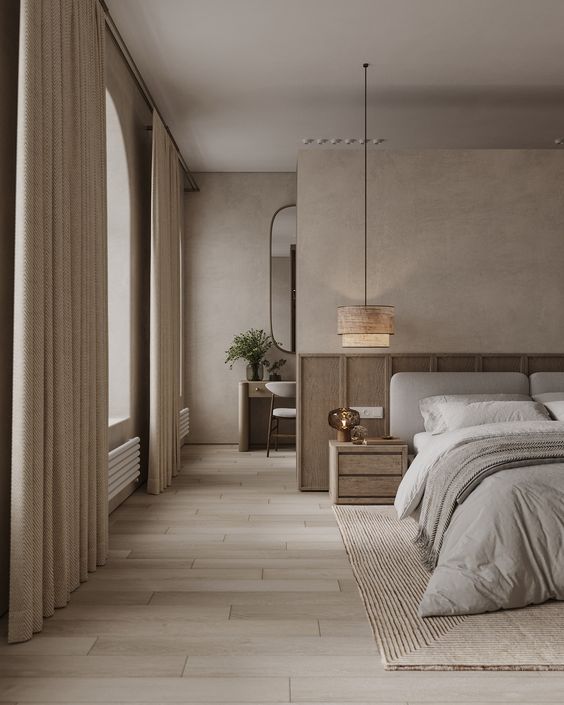

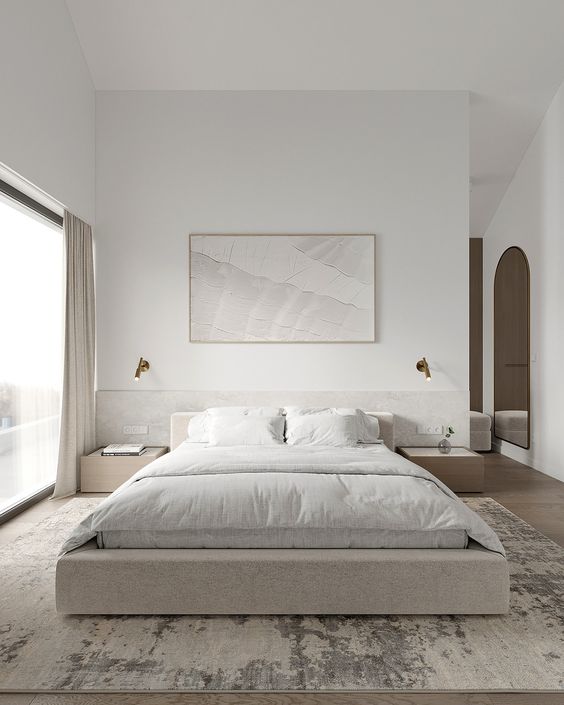
Top 10 Interior Designers Shaping Minimalist Spaces
- John Pawson: Revered for his architectural minimalism, Pawson’s designs focus on spatial clarity and simplicity.
- Tadao Ando: Known for his use of natural light and geometric forms, Ando creates serene minimalist spaces that seamlessly blend architecture and nature.
- Axel Vervoordt: This Belgian designer is celebrated for his timeless interiors that embody the principles of wabi-sabi, embracing imperfection and simplicity.
- Carmen Colombo: As a contemporary minimalist, Colombo infuses warmth into minimalism, creating inviting spaces with a focus on essential elements.
- Sarah Sherman Samuel: Renowned for her modern, minimalist designs, Samuel integrates natural elements and neutral palettes for a fresh take on the style.
- Vincent Van Duysen: This Belgian architect and designer is acclaimed for his minimalist approach, characterized by pure forms and a harmonious use of materials.
- Clodagh: With a global perspective, Clodagh creates minimalist spaces that prioritize sustainability, wellness, and a connection to nature.
- Joseph Dirand: Dirand’s minimalist interiors often blend classical architecture with modern elements, resulting in sophisticated and restrained spaces.
- Norm Architects: Hailing from Denmark, Norm Architects infuse Scandinavian minimalism into their designs, focusing on simplicity, functionality, and the beauty of natural materials.
- Rose Uniacke: Uniacke’s minimalist interiors are known for their timeless elegance, emphasizing the importance of proportion and the quality of materials.


Source: Sarah Sherman Samuel
Achieving Minimalism: Tips for Your Space
- Declutter Mindfully: Embrace the “less is more” mantra by decluttering your space. Keep only what adds value or joy to your life.
- Neutral Palette: Opt for a neutral color palette, featuring whites, grays, and earth tones. This creates a serene and timeless atmosphere.
- Functional Furniture: Choose furniture with a clear purpose. Look for clean lines, simple shapes, and multifunctional pieces.
- Quality Over Quantity: Invest in high-quality items that will stand the test of time. A few well-chosen pieces can have a more significant impact than an array of lesser-quality items.
- Balance and Symmetry: Create a sense of balance and symmetry in your space. Consider the placement of furniture and accessories to achieve a harmonious look.
- Natural Elements: Incorporate natural materials like wood, stone, or plants to bring warmth and a connection to nature into your minimalist space.
- Hidden Storage: Minimize visual clutter by incorporating hidden storage solutions. This keeps essentials out of sight, maintaining a clean and uncluttered appearance.
- Intentional Lighting: Use lighting strategically to enhance the atmosphere. Consider natural light sources and incorporate ambient, task, and accent lighting.
